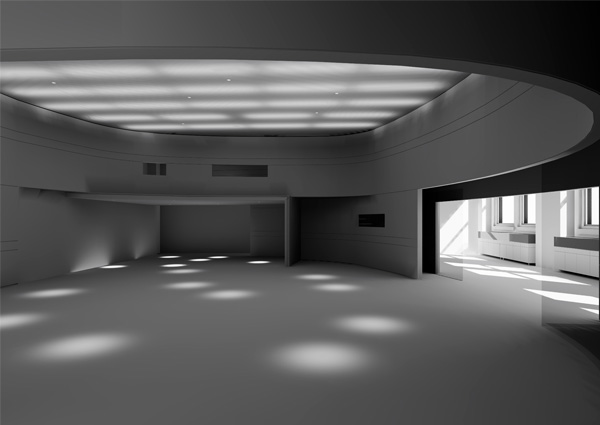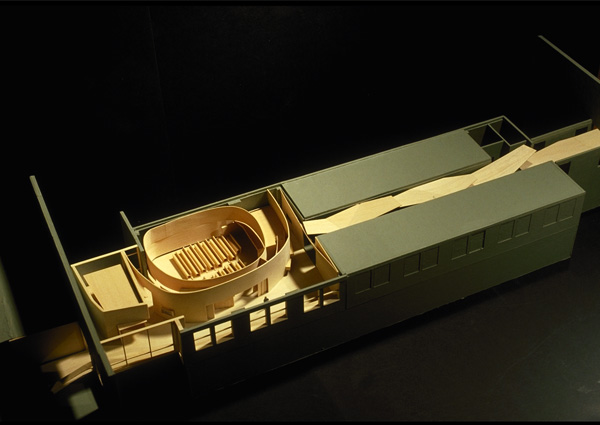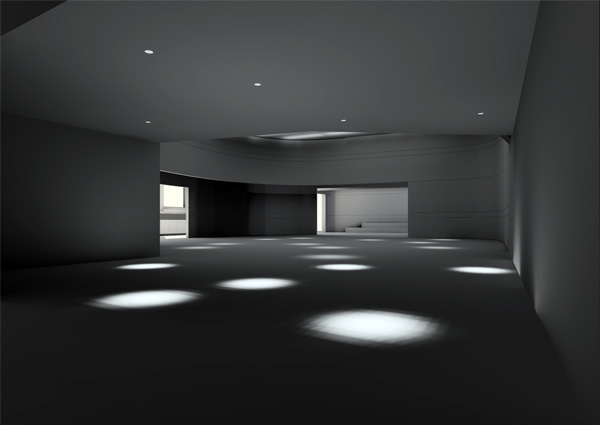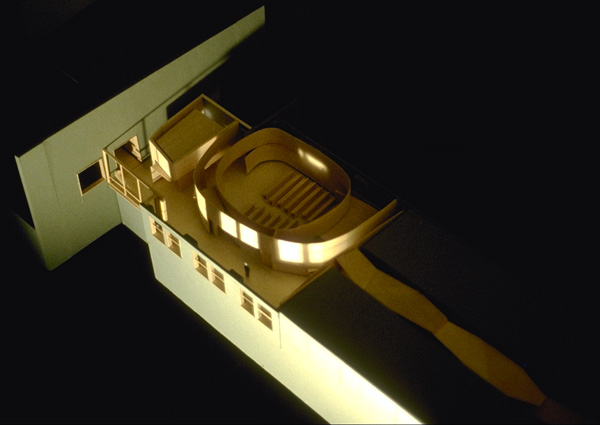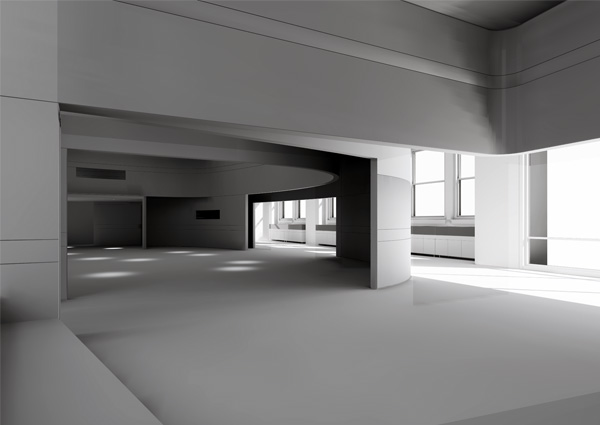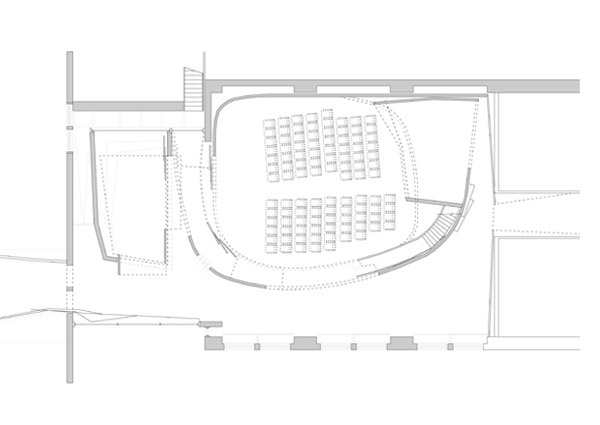American Museum of Natural History People Center
- Team:
- Lea H. Cloud
Victoria A. Rospond
Jonathan Dreyfous
Caryn Brause
Chris Hoxie
- Location:
- New York, NY
- Budget:
- $2.3 million
- Awards:
- Project Award 2000
AIA NY Chapter
The renovation of the Frederick H. Leonhardt People Center consists of an interior refurbishment and a new addition to the western wing of the five-story education building. The People Center is a uniquely intimate educational space in the American Museum of Natural History, specializing in interactive, multicultural and family programs through live performances, lectures, workshops and films. The renovated and expanded space on the second floor of the western wing will include a state-of-the-art theater with flexible seating, two teaching spaces and an exhibition space providing new access between the African and South American Peoples' wings of the museum.
The existing museum is a series of tightly controlled, insular corridors.The renovation and extension proposes to de-laminate the construction layers, which inscribe daily passage through the building. As an alternative to the figuring of spaces using walls, the void of the theater forms the landscape of the renovation. A doubled layering of metal stud and cork walls, conceived as a skin filled with constellations of program, weaves the spaces together and particularizes points of porosity. Plan and section collapse into a series of cohesive and protected spaces, embracing two educational areas and the theater. Moveable and fixed walls unspool from the performance space to define ancillary areas of the learning spaces, reaching out beyond the education wing.
Flexibility is a priority; each space is defined by its relationship to other spaces. In juxtaposition to the existing parameters of the museum, the walls peel away, deform and stitch the theater space to the learning spaces. Previously covered up, the naturally lit interstitial zone carved between the education/theater spaces and the original museum envelope doubles as an interactive exhibition area and a bridge connecting two large halls. The bridge, a relatively small piece deep within the museum, begins to reorganize the overall circulation of the entire institution.
